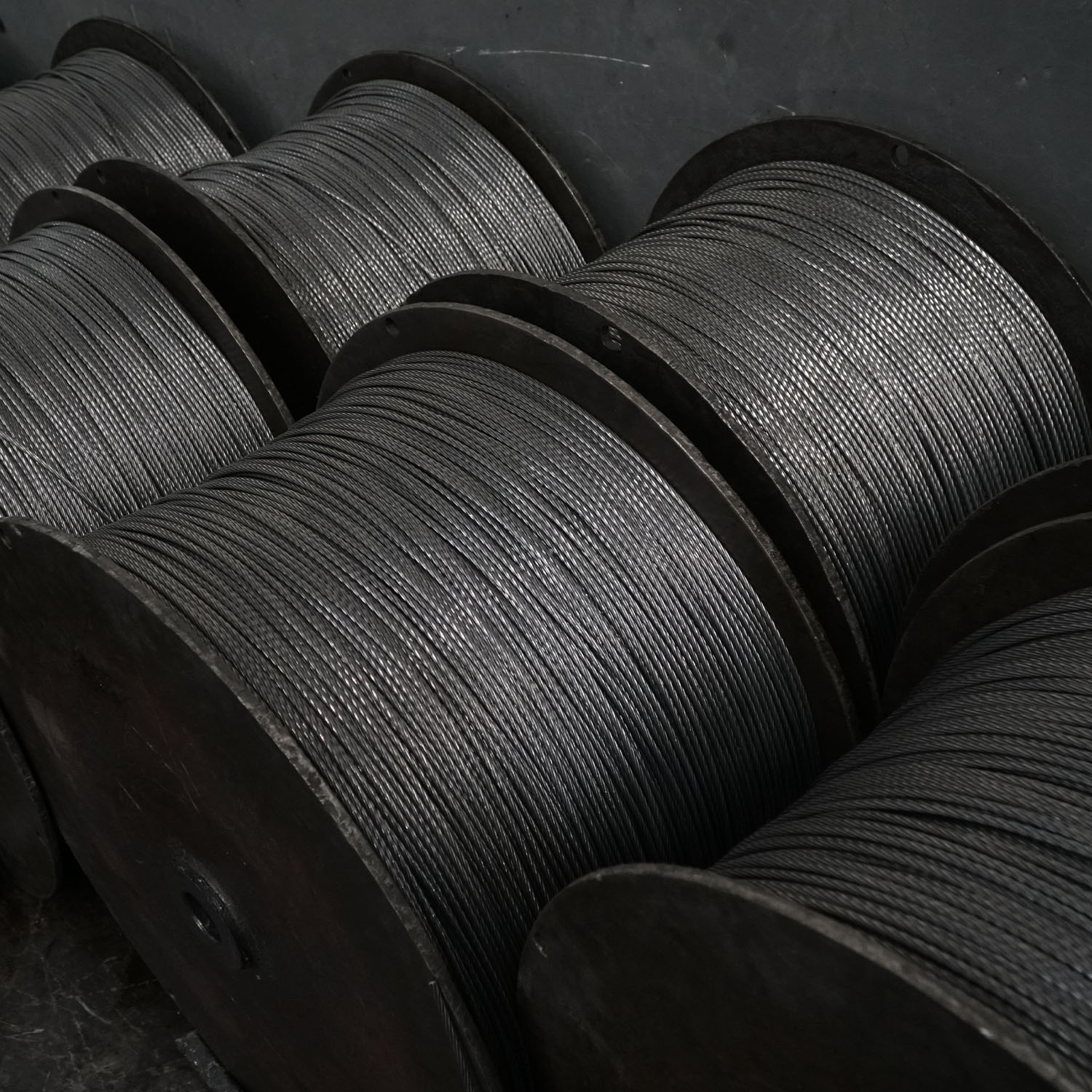Table of Contents
Why Never Saddle a Dead Horse: The Dangers of Using Worn Out Wire Rope
Wire rope is a crucial component in many industries, including construction, mining, and transportation. It is used to lift heavy loads, secure structures, and provide support in various applications. However, like any other equipment, wire rope has a limited lifespan and must be regularly inspected and maintained to ensure Safety and efficiency.
One common mistake that some operators make is using worn-out wire rope beyond its recommended service life. This practice, known as “saddling a dead horse,” can have serious consequences and pose significant risks to both personnel and equipment. In this article, we will explore why it is essential never to saddle a dead horse and the dangers of using worn-out wire rope.
First and foremost, using worn-out wire rope can compromise safety. Over time, wire rope undergoes wear and tear due to factors such as friction, corrosion, and overloading. This wear can weaken the rope’s structure, reducing its load-bearing capacity and increasing the risk of failure. When a worn-out wire rope is subjected to heavy loads or sudden shocks, it may break unexpectedly, causing serious injuries or fatalities to personnel in the vicinity.
Furthermore, worn-out wire rope is more prone to failure during operation. As the rope deteriorates, it may develop kinks, broken wires, or other defects that can compromise its integrity. These defects can Lead to sudden rope failure, resulting in dropped loads, equipment damage, and costly downtime. By using worn-out wire rope, operators are putting themselves and others at risk of accidents and injuries that could have been prevented with proper maintenance and replacement.
In addition to safety concerns, using worn-out wire rope can also impact operational efficiency. A worn-out wire rope is less reliable and may not perform as expected, leading to delays, disruptions, and increased maintenance costs. When a wire rope fails during operation, it can cause costly damage to equipment, structures, and materials, resulting in downtime and lost productivity. By neglecting to replace worn-out wire rope in a timely manner, operators are jeopardizing the efficiency and profitability of their operations.
To avoid the dangers of using worn-out wire rope, operators must implement a comprehensive inspection and maintenance program. Regular inspections should be conducted to assess the condition of the wire rope and identify any signs of wear or damage. If any defects are detected, the wire rope should be replaced immediately to prevent accidents and ensure safe operation.
Furthermore, operators should follow the manufacturer’s recommendations for the service life of wire rope and replace it when it reaches the end of its useful life. By proactively replacing worn-out wire rope, operators can minimize the risks associated with rope failure and ensure the safety and efficiency of their operations.

In conclusion, wire rope is a critical component in many industries, and its proper maintenance is essential to ensure safety and efficiency. Using worn-out wire rope beyond its recommended service life is a dangerous practice that can have serious consequences. By never saddling a dead horse and replacing worn-out wire rope in a timely manner, operators can protect personnel, equipment, and operations from the risks of accidents and downtime. It is crucial to prioritize safety and follow best practices for wire rope maintenance to prevent costly and potentially catastrophic incidents.

